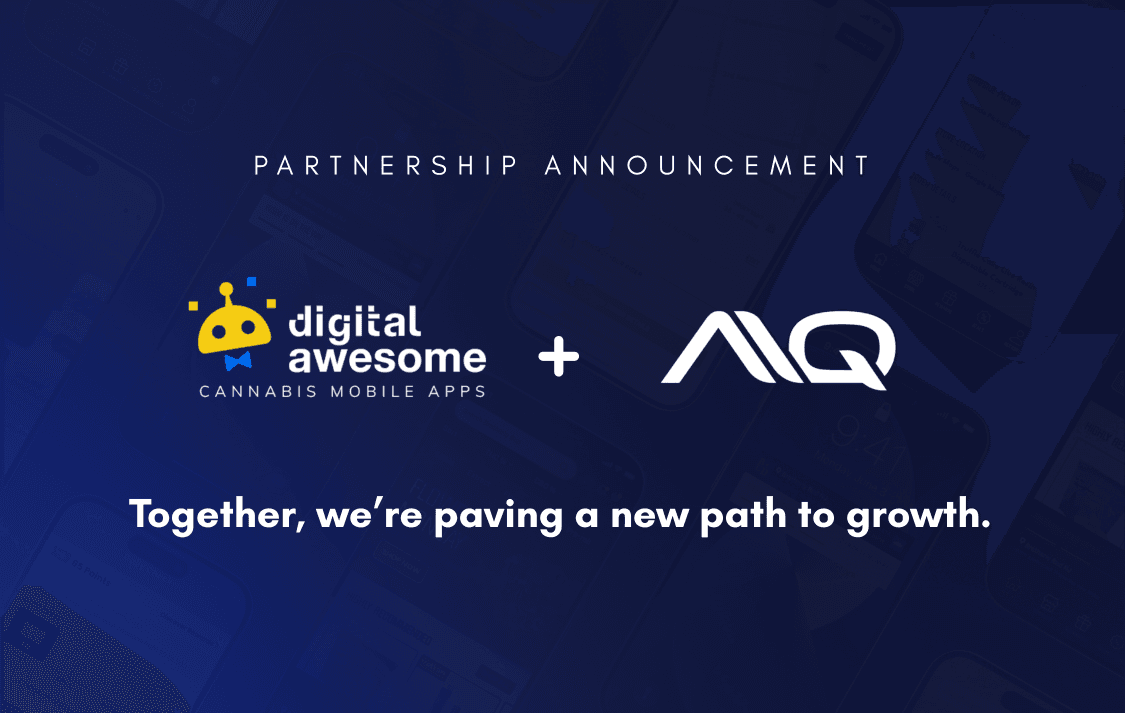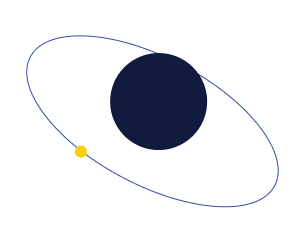

Cannabis App Development
Next-Level Dispensary Marketing: Geofencing in Mobile Apps
Posted by: Nikki Tabberrah
December 20, 2023
Ever had your phone ping with a push notification while you're on the move?
You're cruising down 5th St., and suddenly, your phone lights up. The alert came with an exclusive coupon up for grabs from the store just around the corner. You go in, grab that awesome deal for take out and off you go - everyone's happy.
That's the power of geofencing when used for marketing.
Alerts like these aren't random, nor are they part of a broad marketing blast. They're targeted, meticulously planned to promote products at the most opportune time and place.
When you get such an alert, it means the brand has activated their geofence. This triggers a push notification whenever customers enter a specific area, delivering instant alerts to anyone within their set geographical range.
And guess what?
You can leverage this technology too with your custom dispensary mobile app to sell more cannabis. It's all about reaching the right people at the right time, and apps like Digital Awesome’s can help you do just that.
What is a Geofence and how can it work for dispensaries?
A geofence is an invisible boundary around a specific location. It's not a physical fence, but a virtual one that encompasses a particular area - perhaps your cannabis store.
So, how does it work?
When your smartphone enters or leaves the geofenced area, it triggers an action. For some apps, this might be a push notification, while for others it could be an email alert or SMS. It's your phone's way of saying, "Hey, you're near your favorite dispensary! They have a special offer on edibles today."
Geofencing enables businesses to connect with customers based on their real-time location. If your dispensary wants to announce time-sensitive deals to customers within a certain radius or near your competitors, all you have to do is get set up with a mobile app that has geofencing capabilities programmed to deliver specific functions, and all your customers have to do is unknowingly step into your virtual fence.
Upon doing so, they'll receive an irresistible offer or coupon from your dispensary for their next stash.
But geofencing is more than just for sending promotional deals or announcements. It can make your cannabis store app more engaging by simply appearing on their phones with a greeting or a reminder, thereby encouraging them to stop by and make an impulse purchase.
Other Uses of Geofencing
Geofencing also enables a variety of location-based experiences. Here are a few examples:
- Reputation Management: Geofencing can be used to solicit reviews shortly after a customer leaves the dispensary.
- Product/Experience Suggestions: Once a user enters your store, you can use geofencing to recommend daily specials they may enjoy.
- Geo-Conquesting: By setting up a geofence around your nearest competitor's location, you can entice their audience to visit your store instead. When users with an app approach this location, they'll receive a push notification or special offer from you, tempting them away from the competitor and towards your store.
This is exactly what Burger King did to win over millions of McDonald's customers using their app. We'll delve into that later, so keep reading.
So beyond sending promotional offers, retailers can also use geofencing to measure the ROI of certain campaigns, gather data on customer behavior such as how long they spend in certain sections of the app or store, and optimize product placement and store layout.
While outside of the retail industry, Geofencing can also be used in:
- Home Automation: In smart homes, geofencing can control home automation systems. For example, it can turn off the lights when you leave home and turn them back on when you return.
- Healthcare: In hospitals, geofencing can be used to monitor the movements of patients with dementia or other cognitive impairments, alerting staff if they wander out of safe areas.
- Disaster Management: During natural disasters, geofencing can be used to send alerts to people in affected or potentially affected areas, providing them with critical safety information.
Effectiveness of Geofencing for Marketing
Geofencing technology has been found to be highly effective in mobile apps, particularly in the realm of marketing. Its ability to provide real-time data about your target audience is unparalleled, according to O'Rourke Media Group. This can give businesses valuable insights into consumer behavior and movement patterns.
Moreover, geofencing's effectiveness is also reflected in its ability to boost engagement rates. According to Predikdata, the average click-through rate (CTR) for geofenced audiences stands at an impressive 7.5%. To put this into perspective, the average CTR for social media ads across all industries is much lower.
Mobile ads that utilize geofencing have been seen to have double the click-through rate of the industry average, as noted by Smartbug Media. This indicates that users are more likely to interact with ads that are localized and relevant to their current location.
Finally, geofencing technology is widely compatible, working with 92% of smartphones. This broad compatibility ensures that businesses can reach a large portion of their target audience through this method.
In summary, the statistics show that geofencing can be a powerful tool for businesses. It can provide real-time data, increase engagement rates, and reach a large percentage of smartphone users.
Geofencing Success
Geofencing is as functional as it is competitive, serving as a powerful tool to boost a brand's reputation, app adoption, and sales. Let's take a look at how the King used geofencing to their advantage.
Meet The Whopper Detour

Burger King's award-winning 'Whopper Detour' campaign is an excellent example of how geofencing can be used for geo-conquesting. In this innovative promotion, Burger King used geofencing technology to target McDonald's customers and offer them a Whopper for just one cent.

The campaign worked by unlocking the special deal on the Burger King app when users came within 600 feet of a McDonald's restaurant.
The app also provided directions to the nearest Burger King location for the user to redeem their Whopper. This strategy effectively diverted McDonald's customers to Burger King outlets.
The results of the campaign were impressive. The 'Whopper Detour' led to more than 1 million app downloads of the Burger King app in the first two days of the campaign, propelling it to #1 on both iOS and Android platforms. Furthermore, the campaign resulted in a 53.7% increase in monthly active users (MAUs) for Burger King's mobile app, and the number of users sharing their location data with Burger King jumped 143%.
While the campaign only lasted nine days, it was a clear financial and branding success. It not only boosted sales but also increased brand engagement and loyalty among customers.
The campaign's success demonstrated the power of geofencing technology and its potential for innovative marketing strategies for brands.
Unlock the Power of Location-Based App Marketing
Get your dispensary its own app with robust geofencing capabilities so you can win the game on your own terms.
Disclaimer: Tips, advice, and insights provided on this blog are intended for informational purposes only and should be considered as recommendations, analysis and/or market news. Readers should conduct their own due diligence and ensure compliance with federal and state laws before making any business & and marketing decisions pertaining to their own dispensaries/affiliates/and promotional channels. Digital Awesome will not be held liable for any damages or penalties incurred as a result of following the advice or information presented in this blog.
Articles You May Like
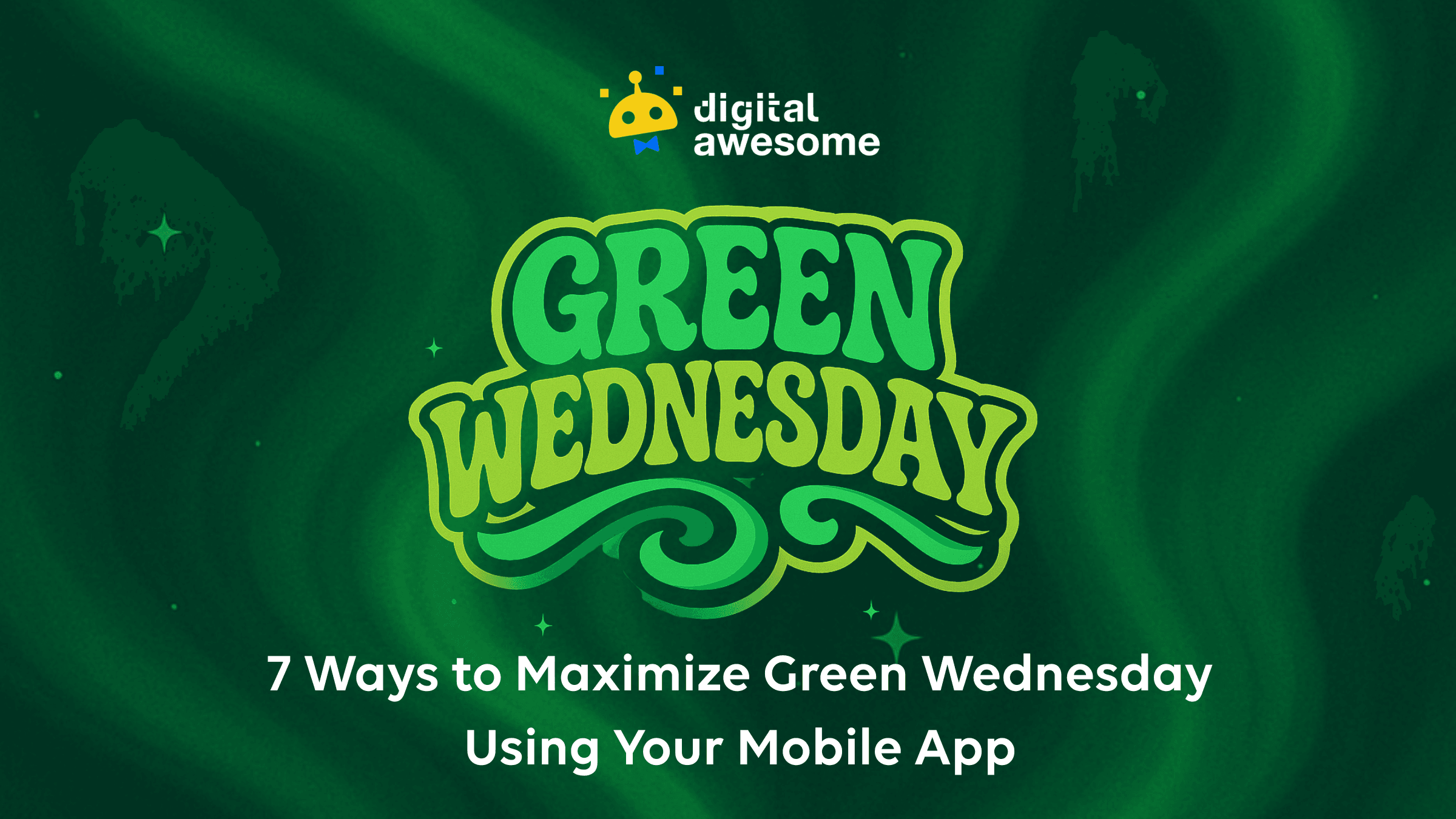
7 Ways to Maximize Your App ROI This Green Wednesday
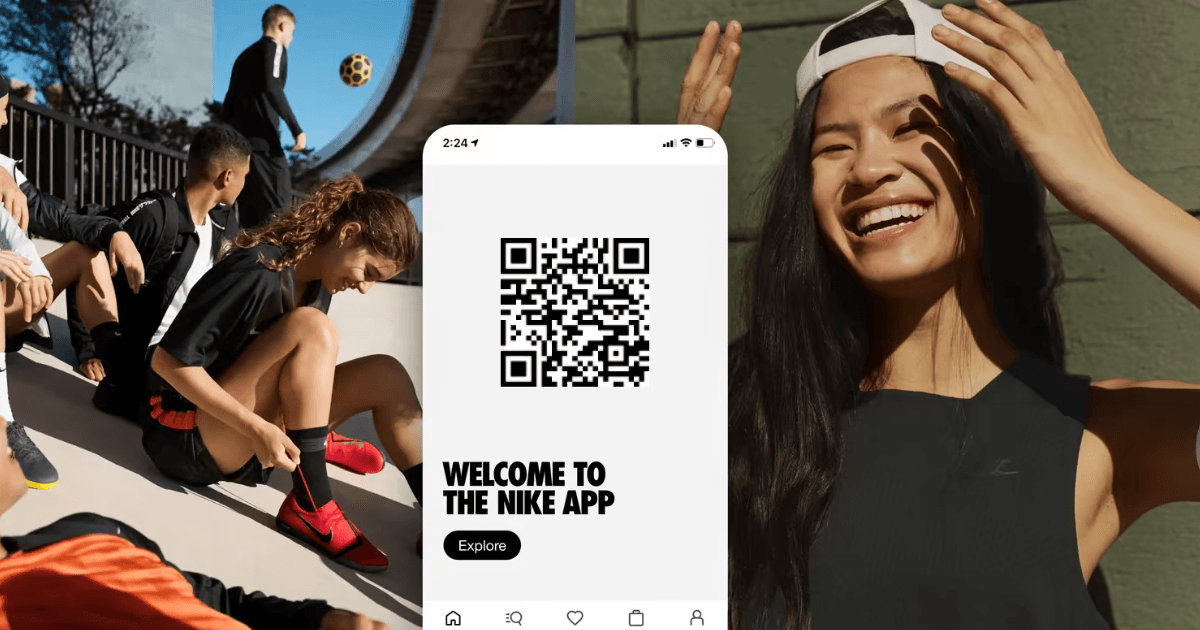
What the Cannabis Industry Can Learn From Nike
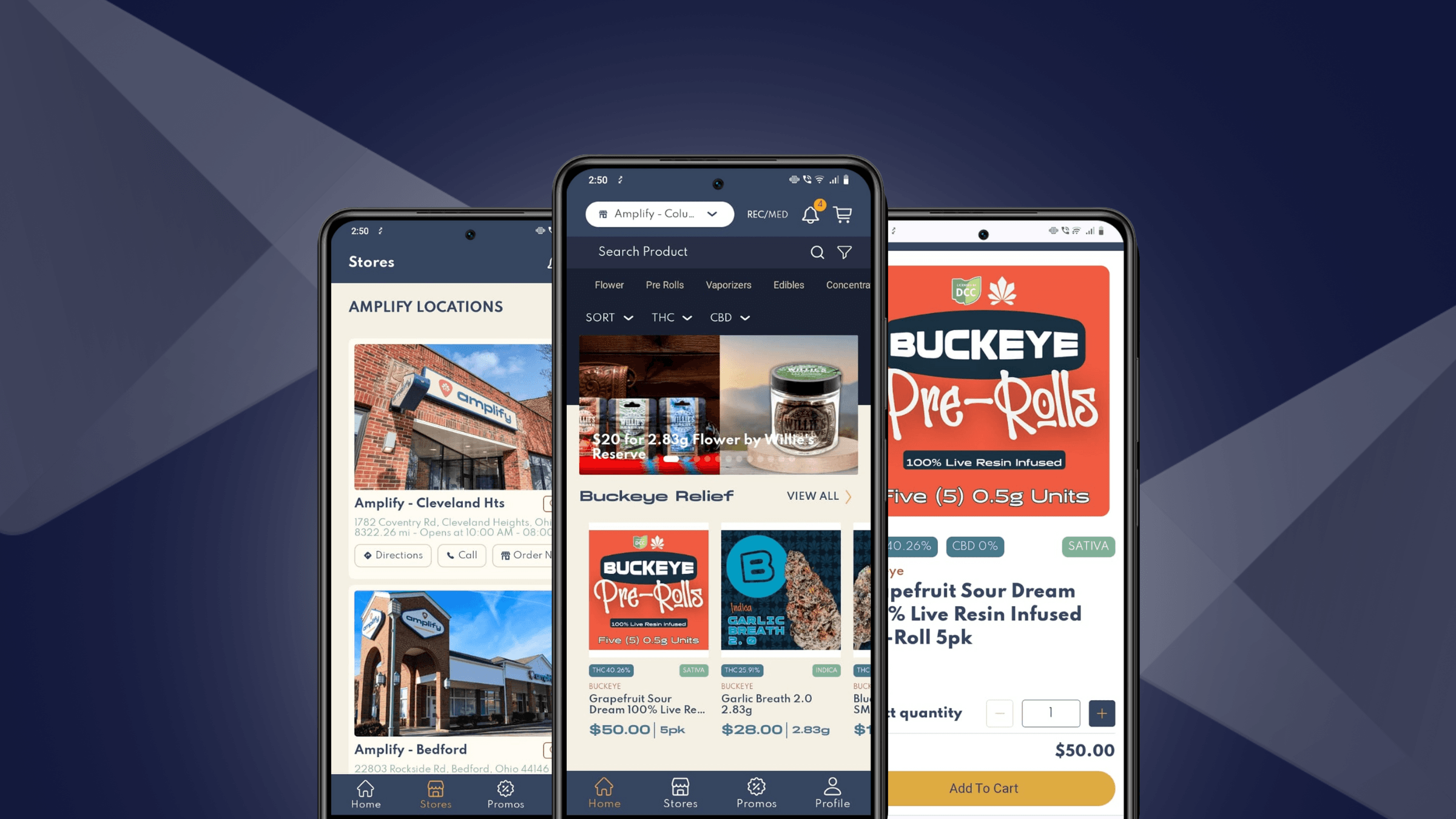
Android Users Are Ready to Spend. Is Your Dispensary Ready?
